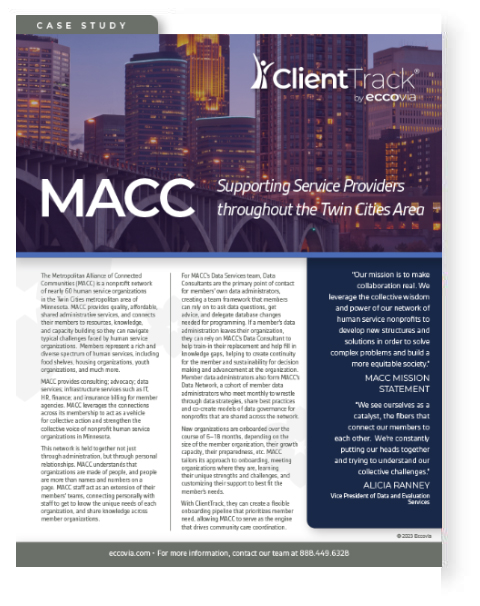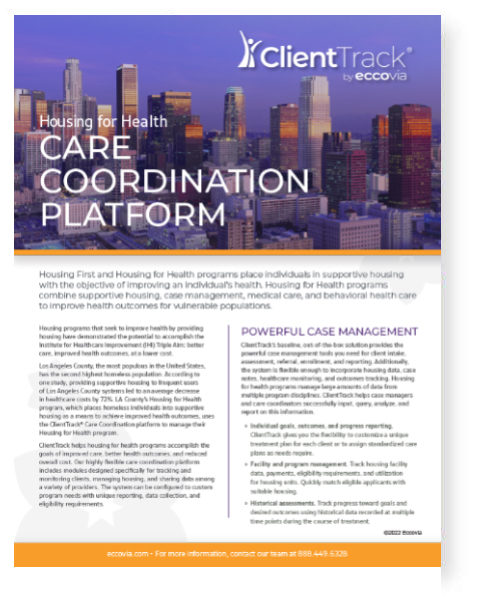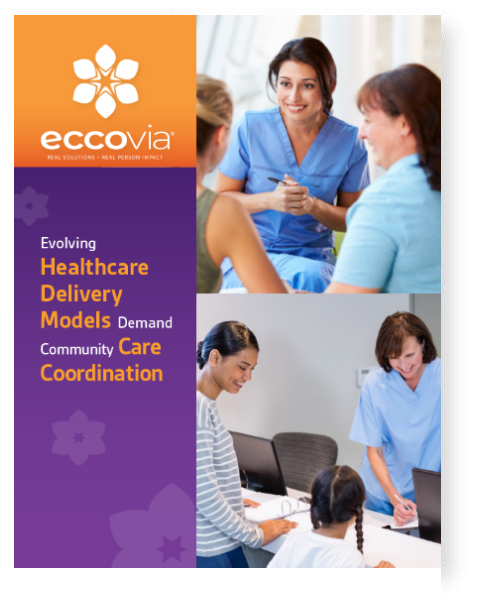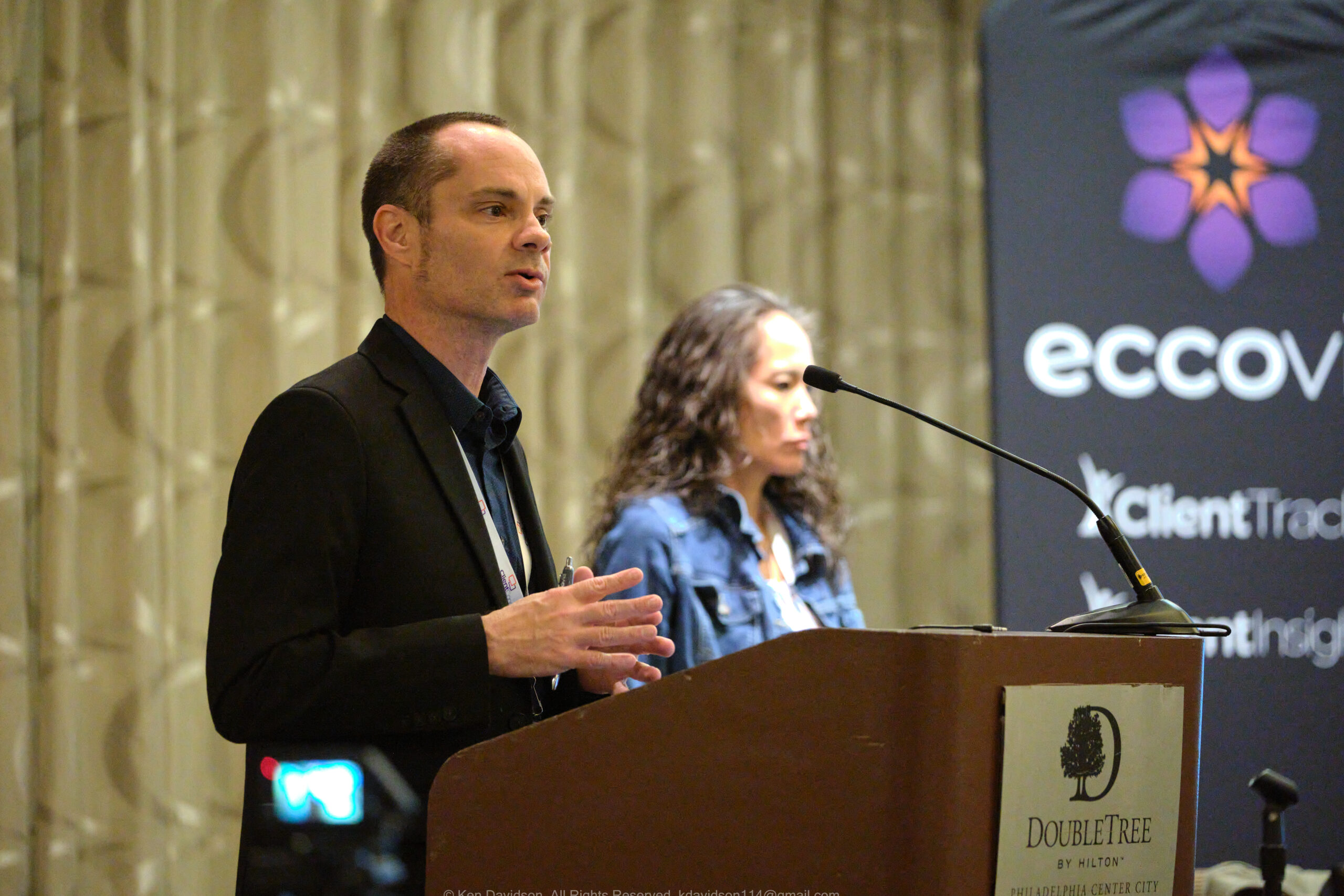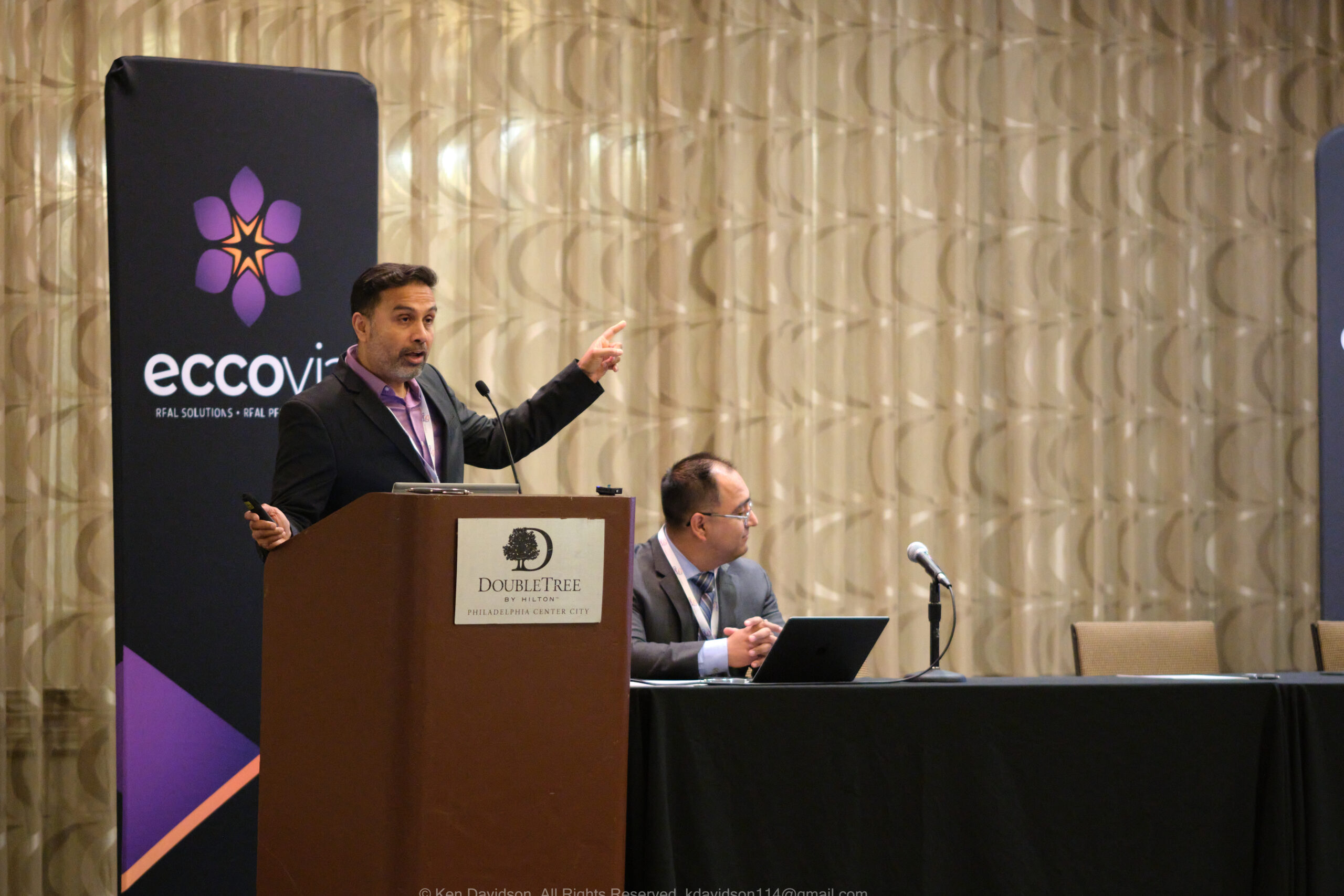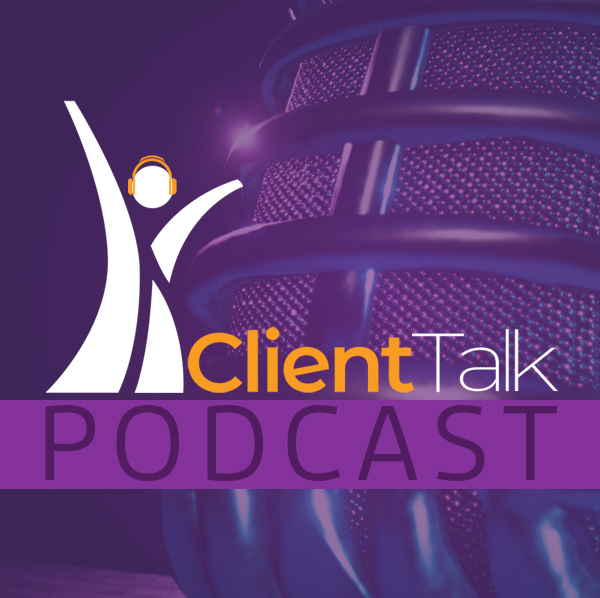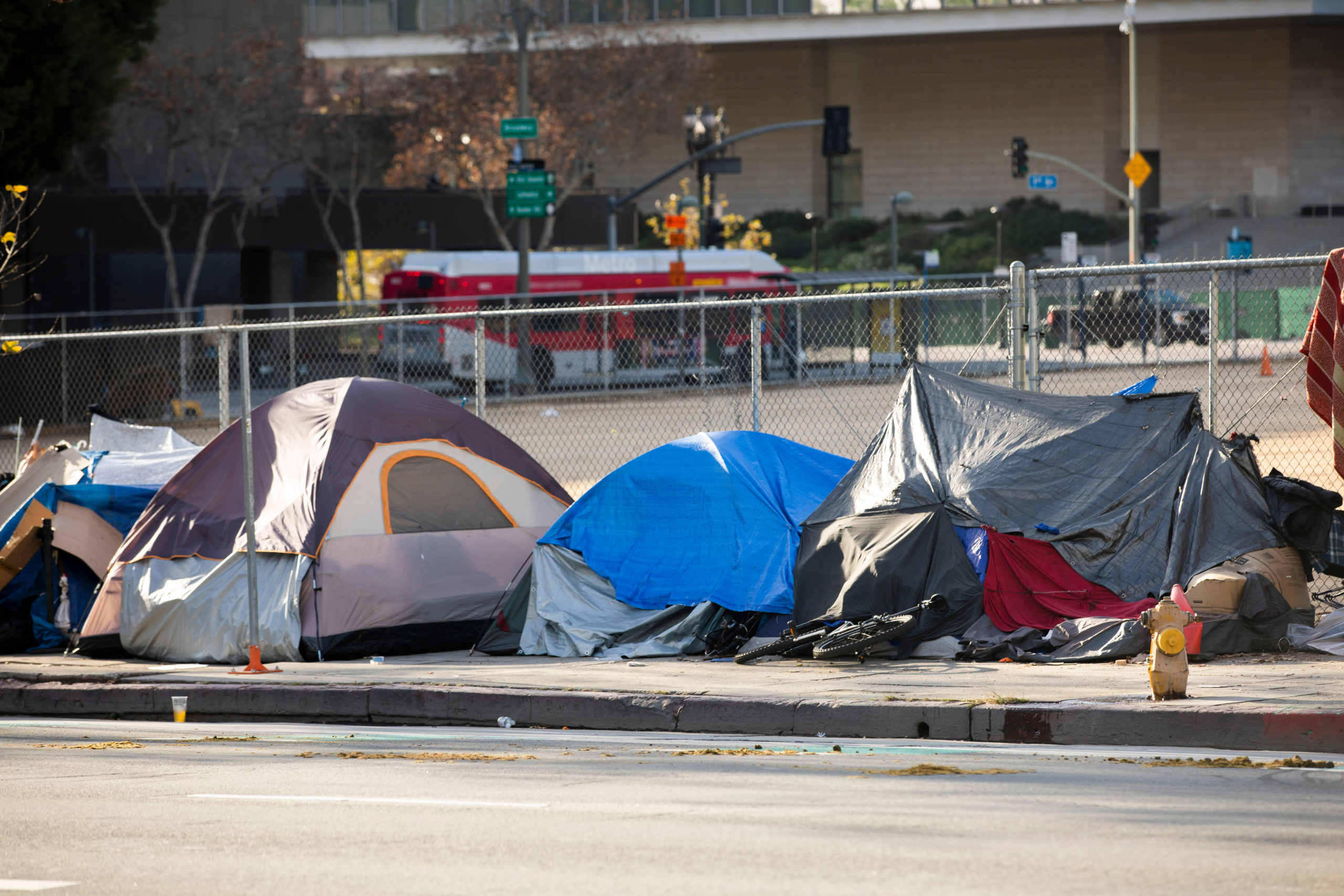Care Coordination Software
- Easy and comprehensive data and service management
- Integration with third-party tools
- Faster and easier reporting
- Robust toolset beyond required features
- Flexible and adaptable
ClientTrack Care Coordination
Bridging the Gap
Bridging the Gap
Key Features
Patient Portal
Want to Learn More?
Use the button below to schedule a quick demo and learn how ClientTrack can help solve your data tracking needs.
Let Us Be Your Care Coordination Software Partner
ClientTrack breaks down the information silos that so often impede case management and care coordination.
ClientConnect 2023, our inaugural peer-to-peer conference for human services organizations, was a resounding success! But if you missed out, don’t let that stop you from catching the next one. In […]
ClientConnect 2023, our inaugural peer-to-peer conference for human services organizations, was a resounding success! But if you missed out, don’t let that stop you from catching the next one. In […]
ClientConnect 2023, our inaugural peer-to-peer conference for human services organizations, was a resounding success! But if you missed out, don’t let that stop you from catching the next one. In […]
Climate change is affecting human life economically and sociopolitically, and vulnerable populations often have little recourse to protect themselves from the elements. How should communities and homeless services agencies react […]
ClientTalk is where our industry experts give you their best insights and best practices across the spectrum of social services. Below is part 2 a summary of the interview from […]
ClientTalk is where our industry experts give you their best insights and best practices across the spectrum of social services. In this episode, we talk with David Lewis, our head […]
What's the difference between sheltered and unsheltered homelessness? What is the most common form of homelessness? Is couch surfing considered homelessness? Each of these questions and more are critical in understanding what we mean when we say a person is "experiencing homelessness".
When summer comes, so do rising temperatures and blistering heat. For people experiencing homelessness, this change can be dangerous—even deadly. How can homeless services best prepare for the coming summer?
Care coordination is the future of health and human service organizations, but stakeholders and community members are essential to its success. Social workers are key to implementing effective and lasting community care coordination.
Knowing the state of mental health among unhoused individuals is the first step in better advocating for change. Consider how mental health plays a role in issues surrounding homelessness, and how your organization can begin to work towards eradicating adverse mental health in your communities.
Care coordination plans are the future of healthcare. By utilizing strategies that bring community resources together, health and human service providers can offer better, more comprehensive services that save costs while improving patient outcomes.
For over 30 years, Ryan White programs have led the nation in HIV care. Today, nearly half of all HIV-positive individuals in the US rely on Ryan White for their health needs. Organizations providing this care are comprehensive in their approach and focus on helping low-income communities.
How (and why) do social services differ for children? The better we can understand the unique needs of children and youth, the better we can help. Improving social service effectiveness for children is not only valuable; it can be life-changing.
July is Social Wellness Month, and central to health and wellness is a sense of community. How can health and human service organizations better foster this belongingness? It starts with care coordination that is focused on bringing services together.
Despite being high-risk for COVID-19 complication, HIV/AIDS patients still experience challenges in obtaining the care they need. As organizations better understand the relationship between HIV and the coronavirus, it emphasizes the need for community care coordination.
Get Started
By Phone
Contact us today to learn how Eccovia can help you achieve improved outcomes for the people your organization serves.
